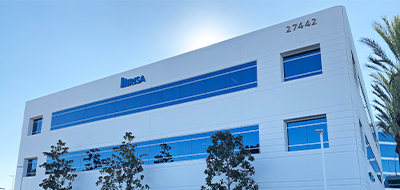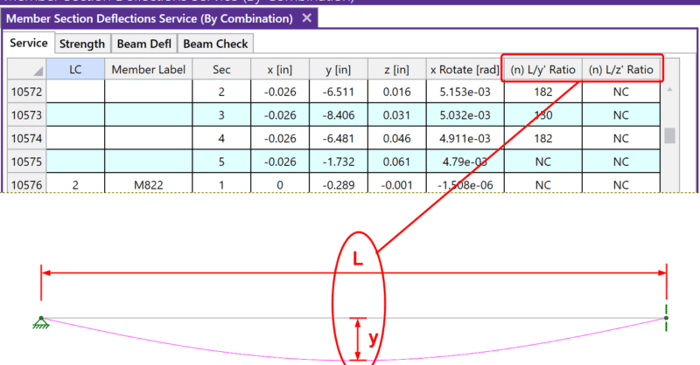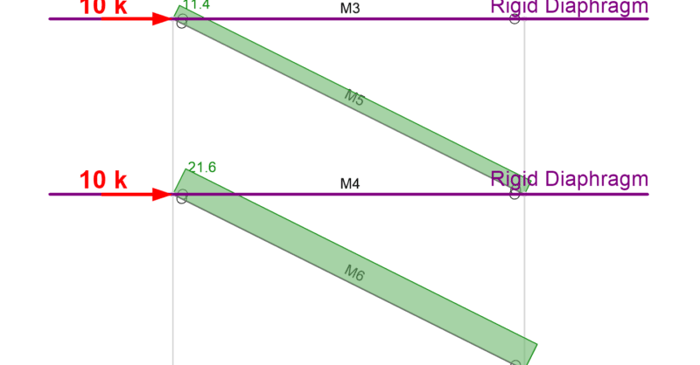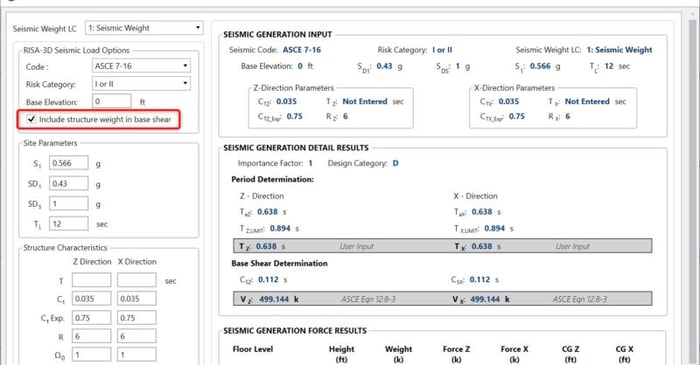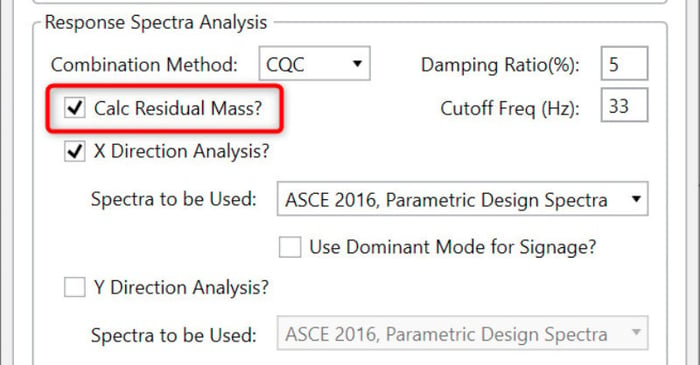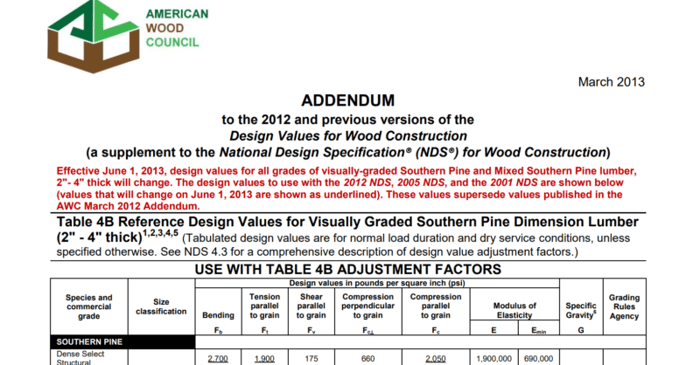
September 22, 2015
Why Did the Wood Design Values Drop?
You may notice discrepancies in the wood design values when comparing RISA with the NDS 2012 and older versions of the code. The American Wood Council updated the wood design values in the Addendum, which supersede the values used in the NDS 2012 and previous versions of the Design Values for Wood...



